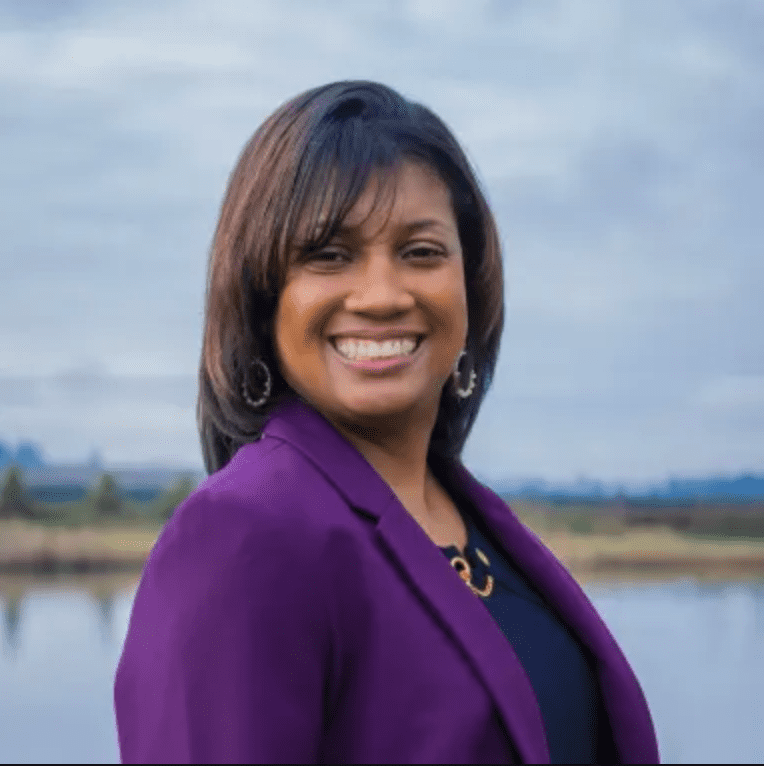The History and Impact of Women’s Colleges
Before the rise of women’s colleges in the 19th century, higher education was almost entirely a single-sex institution. In 1836, Wesleyan College in Georgia opened its doors, becoming the first women’s college in the world.
For over a century, women’s colleges thrived. In the 1960s, when many Ivy League institutions still refused to admit women, 230 women’s colleges granted undergraduate and graduate degrees across the United States. That number dropped to 107 by 1986. During the past decade, U.S. women’s college numbers have declined, and fewer than 40 remained in 2020.
Higher education looks very different today than it did in the 19th century. Then, women’s colleges offered a key pathway to a college degree for many American women. Today, most women have access to coed institutions, and the number of women-only colleges has dwindled. However, despite of the changing landscape, women’s colleges continue to empower students in the 21st century.
Why Do Women’s Colleges Exist?
Women’s colleges are a huge part of the history of women’s rights.
From their foundation, women’s colleges served a specific need: 19th-century women wanted to attend college, but nearly every college only accepted men. Before 1835, not a single college in the U.S. admitted women.
Starting in the 1830s, advocates of higher education for women followed two paths: They established coeducational institutions like Oberlin, founded in 1833, or they opened women’s colleges. Beginning in 1836, dozens of women’s colleges sprung up, largely in the Northeast and the South.
The History of Women’s Colleges
The first women’s colleges looked very different from men’s colleges. Driven by a fear that women in college would abandon 19th-century femininity, the founders of women’s colleges created controlled environments for students.
Women’s Colleges Had Smaller Campuses
While men attended colleges that commonly had sprawling campuses built around a central green, women’s colleges were often in a single building that kept students secluded from the surrounding community. The female seminary inspired these campus designs.
Women’s Colleges Employed More Women Faculty
The first women’s colleges were almost all private liberal arts institutions or religious colleges. In addition to giving women who wanted a college education a space to learn, women’s colleges also hired many more female faculty members than coed colleges. More than 50 women’s colleges were established between 1836 and 1875.
The “Seven Sisters”: The Ivy League for Women
Some of the most prominent early women’s colleges were the “Seven Sisters,” a group of schools that began admitting students between 1837 and 1889. These colleges stood out based on their commitment to high academic standards.
The Seven Sisters — Vassar, Wellesley, Smith, Bryn Mawr, Barnard, Radcliffe, and Mount Holyoke — became the women’s equivalent of the Ivy League schools. At the time, the Ivy League almost exclusively barred women. Cornell would become the first to admit female undergraduates in the 1870s.
In the mid-1800s, most colleges in the U.S. still only enrolled men. With few alternatives, women seeking a college degree continued to turn to women’s colleges.
Many women’s colleges, like the Seven Sisters, operated as independent liberal arts colleges. But other women’s colleges offered religious curricula. From 1900 to 1930, 19 new Catholic women’s colleges opened their doors.
Most Women’s Colleges Barred Students of Color
While women’s colleges prioritized accessibility based on gender, many did not enroll students of color. Some women’s schools, like the Seven Sisters, began admitting Black students in the late 1800s, but others took longer to integrate. Most historically Black colleges and universities (HBCUs) were coed, though Spelman College was a notable exception as a women’s college.
Coed Schools Had Something Women’s Colleges Didn’t
In an era with limited coed options, women’s colleges served a critical function. However, their appeal shifted as more colleges switched to a coed model.
By the late 19th century, coed schools offered something that many women’s colleges eschewed: freedom. While early founders of women’s colleges implemented strict moral conduct rules to maintain women’s respectability, coed schools often enforced fewer restrictions.
Some Women’s Colleges Switched to Coed
Between the 1960s and the 2010s, the number of women’s colleges declined by over 80%. This drop was caused by many women’s colleges closing down or shifting to a coed model.
Vassar began admitting men in 1967. Sarah Lawrence College made the same decision a year later. Pitzer College in California and Wheaton College in Massachusetts also went coed in 1970 and 1988, respectively.
The change from women-only to coed wasn’t always uncontested. When Mills College announced it planned to go coed in 1990, students and alumnae revolted, forcing the college to reverse its decision.
Women’s Colleges in the 21st Century
In the 1930s, 70% of undergraduate enrollments were at coed schools. As more colleges went coed, the enrollment numbers at women’s colleges dropped. Today, fewer than 5% of women college students attend women’s colleges.
In the 21st century, women’s colleges make up a small fraction of the higher education landscape in the U.S. In 2012, private, coed colleges enrolled over 1,158,000 students, and over half of them were women. In the same year, women’s colleges enrolled just over 58,000 students.
Women’s Colleges Still Have Some of Their Original Perks…
What differentiates women’s colleges from other institutions today? The Women’s College Coalition points to student-centered teaching styles, small class sizes, and liberal arts curricula as key differentiators.
In 2023, women’s colleges continue their historic focus on building inclusive campus environments for women. They continue to prepare graduates for leadership roles and employ a high percentage of women professors and administrators.
…With Some Updated Diversity Policies
Institutions for women that once only admitted wealthy, white, Christian students increasingly prioritize socioeconomic and racial diversity. Nearly half of first-year students qualify for Pell Grants, and 94% of incoming students at women’s colleges receive financial aid.
Women’s colleges also enroll a larger percentage of students of color than coed liberal arts colleges. In 2021, women’s colleges reported that students of color made up 43% of the student body, compared with 30% at coed liberal arts colleges.
The Value of Women’s Colleges
Although the number of women’s colleges in the U.S. is shrinking, these schools continue to serve an important function.
Women’s Colleges Offer Better Outcomes
Compared to private coed schools, women’s colleges report a higher retention rate. Students at women’s colleges are also more likely to graduate in four years than those at coed colleges. And women’s colleges report higher engagement numbers than coed institutions.
Women’s Colleges Promote Diversity in STEM
When it comes to granting STEM bachelor’s degrees, women’s colleges also outperform their coed counterparts. While 19% of women of color at coed liberal arts colleges pursue STEM majors, 34% of women of color at women’s colleges choose a science, technology, engineering, or mathematics bachelor’s degree. Women’s college alumnae are also more likely to pursue graduate degrees.
Beyond the student body, women’s colleges offer leadership roles for women in academics. Women make up more than 60% of faculty at women’s colleges and 90% of college presidents. In comparison, women make up only 30% of college presidents nationwide.
The original function of women’s colleges has changed. Today, women attend elite private colleges, flagship state universities, small liberal arts colleges, and community colleges. However, today’s women’s colleges continue to offer supportive, inclusive environments focused on women’s education.






